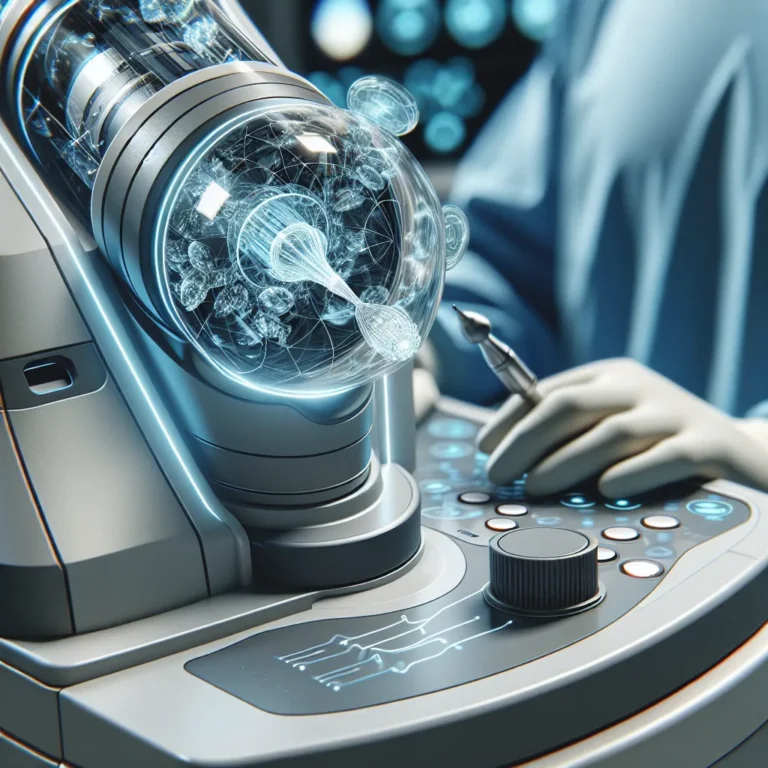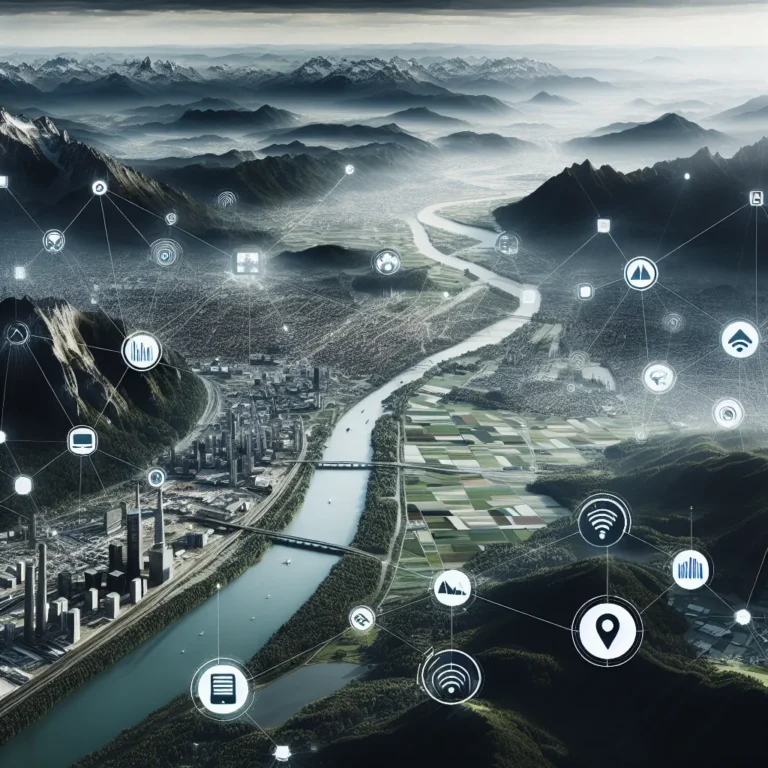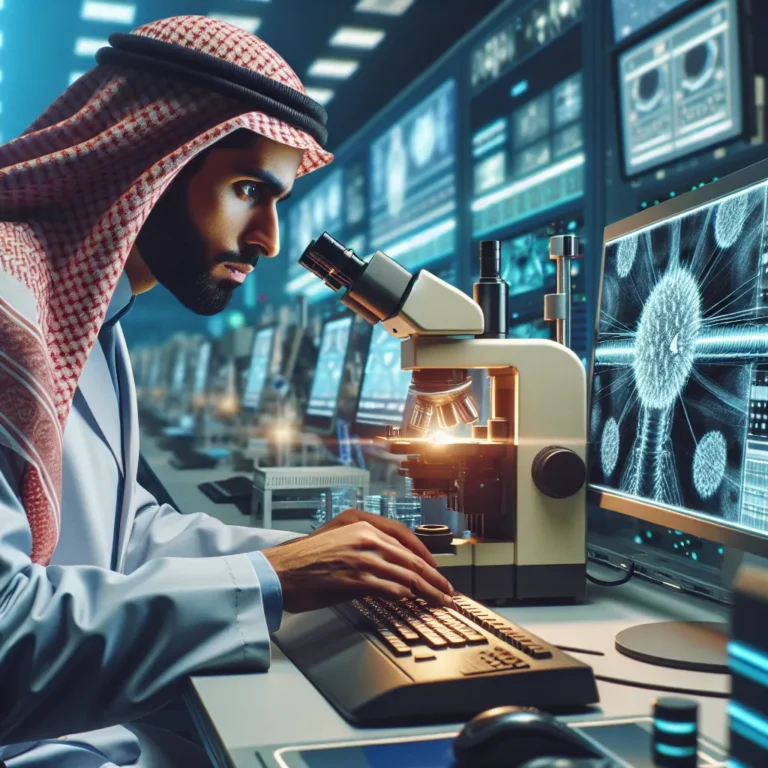
The article "Comparing Monitoring Approaches: A Comprehensive Review" provides a thorough evaluation of various monitoring methods, emphasizing the importance of aligning the chosen approach with specific organizational needs. It highlights key aspects such as cost-effectiveness, scalability, reliability, and real-time insights, offering insights into how different approaches utilize cutting-edge technologies. The review further delves into industry-specific requirements, offering a holistic understanding of monitoring landscapes across different sectors. Additionally, the article discusses the advantages and disadvantages of network-based, host-based, and application-based monitoring methods, underscoring the necessity of combining approaches to effectively address diverse operational demands. This comprehensive resource equips decision-makers and practitioners with the knowledge to optimize monitoring solutions, making it a valuable read for those seeking insights into the array of monitoring options available.

The article discusses the importance of optimizing sensor placement to enhance data collection efficiency across diverse industries such as environmental monitoring, infrastructure management, and industrial automation. It emphasizes the need to strategically position sensors to maximize the quality and quantity of data acquired, enabling more informed decision-making and improved operational performance. Furthermore, the integration of machine learning algorithms and predictive analytics, along with the use of wireless sensor networks, has streamlined the process, making it crucial in unlocking valuable insights and driving efficiencies. The second part of the article focuses on maximizing data acquisition through strategic sensor deployment, highlighting the use of advanced algorithms and modeling techniques to determine the most effective sensor placement. It also emphasizes aligning the placement of sensors with specific data collection objectives and considering environmental conditions, power supply, and connectivity for effective sensor operation and data transmission. Overall, the article effectively conveys the importance of optimized sensor placement and strategic sensor deployment in unlocking valuable insights, improving decision-making, and gaining a competitive advantage in various industries.

The article "Examining the Ethical Implications of Covert Observation in Research" delves into the ethical considerations surrounding covert observation in research. It highlights the potential value of covert observation in capturing natural behaviors but also underscores the ethical concerns related to privacy, autonomy, and informed consent of the subjects. The article emphasizes the need for researchers to carefully balance the pursuit of knowledge with the respect for individuals' rights and well-being. It discusses the potential harm to subjects and the essentiality of transparency and respect for the individuals involved. Additionally, the article touches on the central ethical challenge of ensuring informed consent and the responsibility of researchers to critically evaluate the ethical implications of covert observation. "Navigating the Moral Dilemmas of Covert Observation in Research," the companion article, explores the moral and ethical concerns entailed in the use of covert observation. It stresses the importance of considering the principles of respect for persons, beneficence, and justice, and advocates for researchers to minimize intrusion and weigh the potential benefits against the risks. Overall, both articles highlight the complexities and ethical dilemmas associated with covert observation, urging readers to carefully consider the ethical implications and engage in responsible research practices.

Understanding the need for counter-surveillance in today's digital age is paramount, as pervasive surveillance technology poses significant threats to privacy and data security. The article emphasizes the importance of recognizing the diverse forms of surveillance and the implications of unchecked surveillance on personal freedoms and information integrity. It stresses the imperative for individuals and organizations to adopt comprehensive counter-surveillance measures to safeguard privacy and data in the face of advancing surveillance technologies. Furthermore, the article underscores the significance of employing encryption technologies, practicing good cybersecurity hygiene, and being mindful of online data sharing as essential techniques for protecting digital privacy in the modern era. It highlights the crucial role of encryption in counter-surveillance to prevent unauthorized access to sensitive information and underscores the importance of staying informed and proactive in mitigating the risks posed by pervasive surveillance.

The article "Revolutionizing Disease Detection: The Latest Breakthroughs in Early Diagnosis" delves into the recent advancements in early disease detection, emphasizing the impact on healthcare outcomes and patient well-being. It highlights the development of liquid biopsy technology, the integration of artificial intelligence in diagnostic processes, and the use of advanced imaging modalities as key breakthroughs in disease detection, offering more precise and less invasive diagnostic alternatives. The article emphasizes the potential of these innovations in revolutionizing disease prevention and improving patient outcomes, providing valuable insights for healthcare professionals and individuals interested in the latest developments in early diagnosis and precision medicine.

The article delves into the ethical implications of mass surveillance and its impact on civil liberties, shedding light on the debate between security and privacy. Advocates argue that mass surveillance is crucial for national security, while critics express concerns about potential violations of privacy and freedom. The intrusion into personal lives and the risk of data abuse are highlighted as critical issues. Ultimately, the article concludes by emphasizing the complexity of balancing security and privacy concerns, urging readers to consider the ethical dilemmas posed by mass surveillance.

The article emphasizes the critical importance of encryption in safeguarding online privacy. It highlights encryption as a vital tool in securing communications and data, making them unreadable to unauthorized parties. The role of encryption extends beyond communication security, encompassing the protection of stored data from cyber-attacks and breaches. Furthermore, it underlines the significance of encryption in upholding privacy rights and countering unwarranted surveillance. The article encourages readers to leverage encryption technologies to fortify their privacy, assert control over their online data, and implement effective strategies for safeguarding personal information. It also emphasizes the importance of staying informed about surveillance technologies and privacy best practices in the digital age. With its comprehensive coverage and actionable insights, the article provides compelling reasons for readers to delve deeper into the full content.

The article provides a comprehensive overview of monitoring approaches, highlighting the importance of understanding the different methods available and their unique aspects. It covers traditional monitoring methods, pointing out their reliability and limitations, such as providing only a snapshot of the system at a specific time, and being time-consuming. The article also discusses modern technological monitoring solutions, emphasizing how they have revolutionized monitoring processes with innovative approaches like IoT devices for real-time tracking, AI and machine learning algorithms for proactive monitoring and predictive maintenance, and cloud-based platforms for scalability and remote accessibility. By comparing and contrasting these approaches, businesses can make informed decisions to optimize their monitoring capabilities, making the article an essential read for anyone looking to enhance their monitoring systems.

The article "Advances in Optical Coherence Tomography for Biomedical Imaging" highlights the recent technological progress and capabilities of optical coherence tomography (OCT) in biomedical applications. It emphasizes the enhanced imaging potential of OCT, including ultrafast imaging systems, improved signal processing algorithms, and integration with contrast agents and functional imaging techniques, enabling molecular and cellular level imaging. The article advocates for the pivotal role of OCT in revolutionizing biomedical imaging, providing unprecedented insights into tissue morphology and dynamics, with significant impacts on clinical practice, biomedical research, and healthcare outcomes. The companion article, "Emerging Molecular Imaging Techniques for Disease Detection," explores the potential of non-invasive molecular imaging methods, such as positron emission tomography (PET), magnetic resonance imaging (MRI) with molecular contrast agents, and optical imaging techniques, in visualizing disease-specific biomarkers and processes. It underscores the transformative potential of these techniques for early disease detection, precision diagnostics, and personalized treatment strategies. Together, these articles aim to inform readers about the cutting-edge advancements in biomedical imaging and the profound implications for medical practice and research.

Maximizing efficiency through optimized technical routes is essential for businesses seeking to streamline operations and reduce costs. Utilizing advanced routing software and considering vehicle capacity and load optimization are crucial elements in achieving this goal. Optimal technical routes also lead to improved customer satisfaction through timely and reliable deliveries, ultimately enhancing business reputation and loyalty. The impact of technical route optimization on operational efficiency is undeniable, as it reduces fuel consumption, minimizes wear and tear, and enhances on-time delivery performance. Additionally, it contributes to environmental sustainability by minimizing carbon emissions and supporting eco-friendly practices. Embracing route optimization tools and strategies is a strategic approach that yields significant cost savings, operational improvements, and long-term success for businesses.









